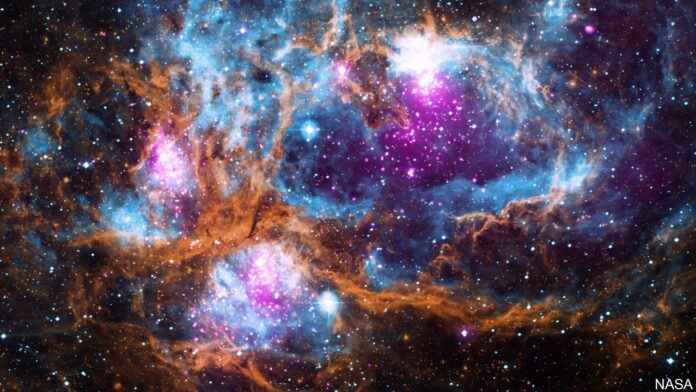If you have the advantage of clear dark skies this week, you can enjoy the rising of Pegasus, or the Baseball Diamond in the sky. By 9:00 p.m. the top part of the diamond will be well up in the east. The first star in the group marks home plate, and the rest follow. First base is the faint star on the left, third base on the right, and second base emerges in between the two about an hour later.
One of the intriguing things about this constellation is that the player on first is a girl who is a princess. Princess Andromeda is surrounded with a host of family and friends as she skillfully covers her base.
Andromeda’s parents are rotating about the North Star, Polaris, in the northeast part of the sky. Queen Cassiopeia resembles an elongated W or M slightly tilted, while her consort, King Cepheus, looks more like a square of icy raspa on top of a paper cone. Sounds like something we all might enjoy doing-eating raspa. They are making sure no one gets past first base so Andromeda’s team wins the series.
Perseus, the hero who comes along in best hero fashion to rescue the princess in distress at just the right moment, is a scattering of stars that will eventually follow Andromeda/Pegasus into the sky but the stars are faint and do not resemble anything to distinguish it for you. Currently the right time for Perseus to appear is in the wee hours before dawn. May I suggest that you go online to the Skymaps.com website and download a current star map for free?
The site is user friendly and the product is easy to understand. Of course you young whippersnappers have an app on your phone to tell you about the constellations and don’t need a paper star map.
The distress the princess is in is that she is chained to a rock at the edge of the Ionian Sea, waiting to be eaten by the sea monster Cetus because her mother ridiculed Neptune’s daughters for their looks.
The constellation Perseus is the radiant (point of origin) for the Perseid meteors whose annual appearance will be during the week of August 12, the peak night for viewing the most meteoroids. A dark safe spot away from city lights is best for catching a glimpse of a “falling star” to put in your memory pocket.
An open view of the eastern horizon, a few friends to scan the sky with you, plenty of mosquito repellent, a reclining lawn chair or air mattress in the open bed of a pick-up truck would be ideal.
Children are associated with one of winter’s constellations, the Seven Sisters. According to one eastern group of Amerind peoples the stars are children who were so busy dancing they ignored their mothers calling them in for the night. They kept being disobedient, ignoring the increasingly worried calls, as they were lifted into the sky to dance forever.
Remember those days when mom said to come home when the street lights came on? Kids today have no idea how much fun it was to play outside on a hot summer night listening to cicadas, catching lightning bugs, and playing tag or kick the can. All they have are multiple video games.
Until next week, do catch a falling star…and put it in your pocket.




